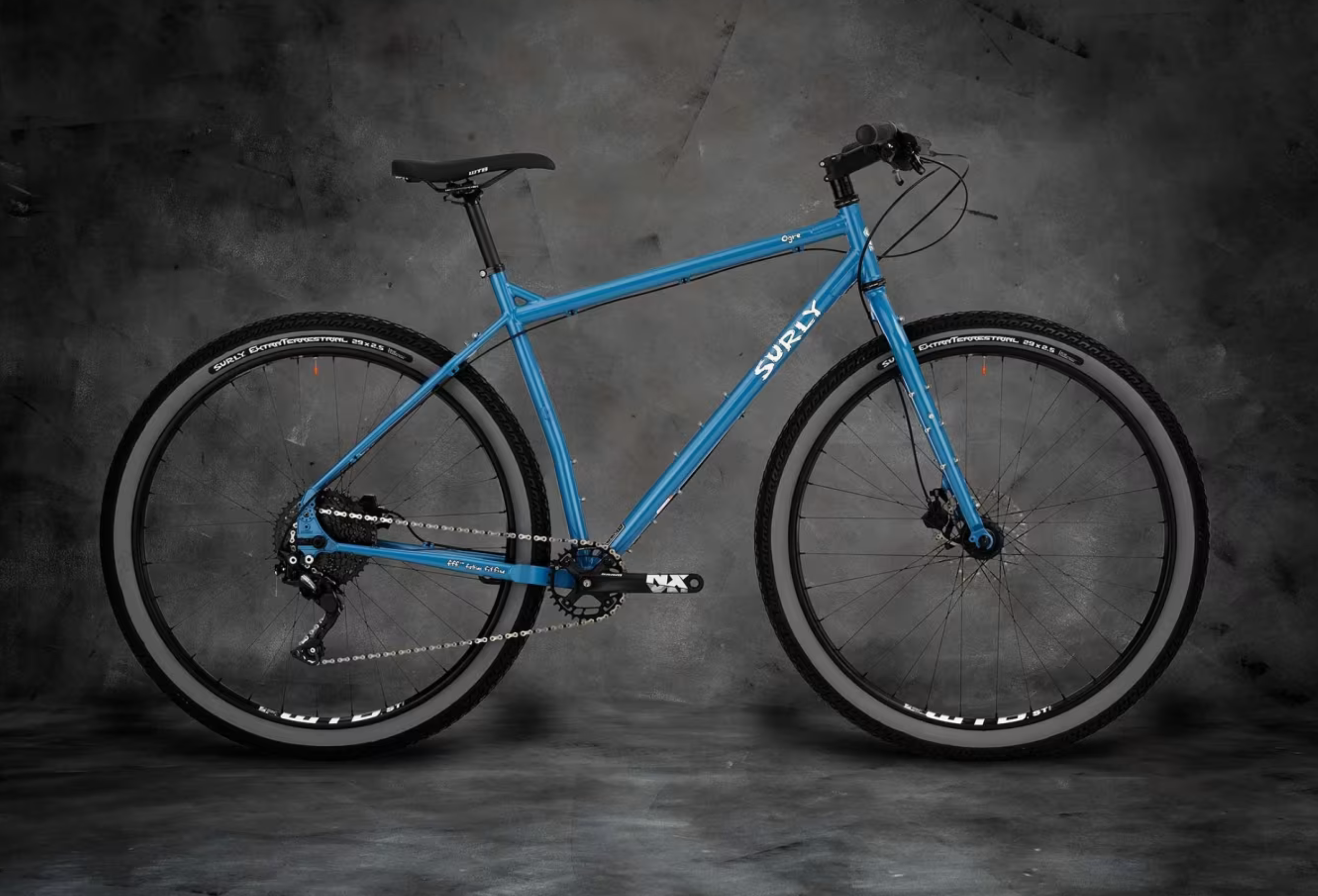
Bicycle gears how to use are technical wonders because they combine many parts to make a vehicle that can transport people, provide them with exercise, and take them on exciting adventures. Bikes serve various purposes, including transportation, recreation, adventure, and exercise. Most people know the phrases frames, brakes, handlebars, and suspension forks. The idea of gears, however, might be perplexing to newbies or someone shopping for a bike. The meaning of terms like “single-speed” and “multi-speed” (also known as “gear wali cycle” in India) is not always obvious. To help you get the most out of your bike and have fun doing it, this tutorial explains how to shift gears.
Tell Me About Bicycle Gears!
Bicycle gears how to use are key components that enable riders to alter their pace and effort according to the terrain. You can cycle more quickly on flat terrain and with less effort on hills when you have gears. You can ride faster with a higher gear, but you’ll have to put in more work. Understanding when and how to swap gears is vital for effective riding, particularly when tackling varied terrains including hills, flats, and rocky trails. Most mountain bikes, for example, come with various gears to enable riders to face hard terrains that vary in height and roughness.
Types of Bicycle Gear Systems
Just like motor cars, bicycles come with several gear systems, each optimized for certain sorts of riding. Here are the major types:
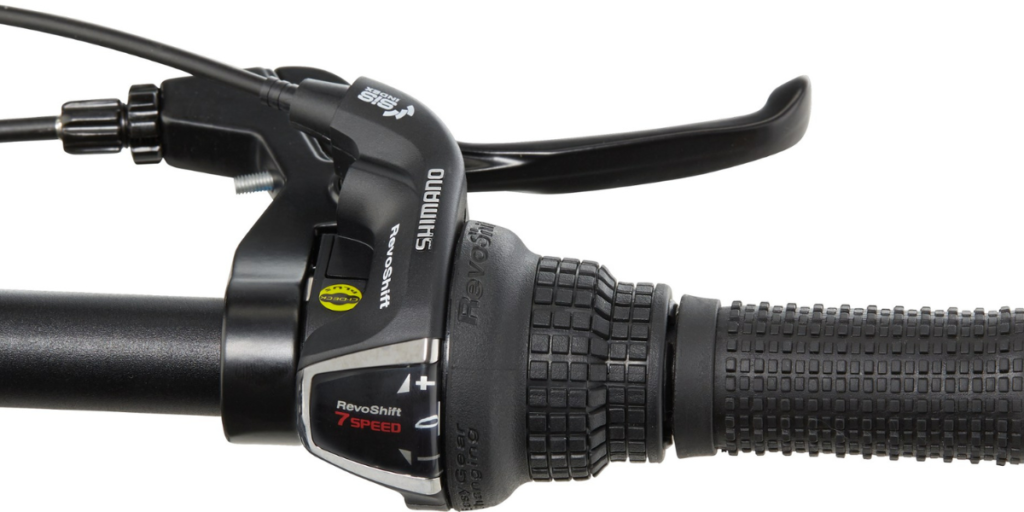
External Drivetrains
- External drivetrains are the most popular gear systems seen on bicycles today, notably on mountain and road bikes. These systems are lightweight, efficient, and adaptable. The gears of an external drivetrain are situated on a component called a cassette, which is a cluster of sprockets installed to the rear wheel. Gear shifting is accomplished by a derailleur that transfers the chain over these sprockets.
When you swap gears, the rear derailleur pushes the chain to a bigger or smaller sprocket, modifying the gear ratio. Some bikes additionally contain a front derailleur that shifts the chain between chainrings at the front. The combination of the cassette and chainrings gives a broad range of gears, allowing for precise changes to meet the terrain. Bikes can have up to three chainrings and 11 sprockets, while specialist bikes could provide even more.
Hub Gears
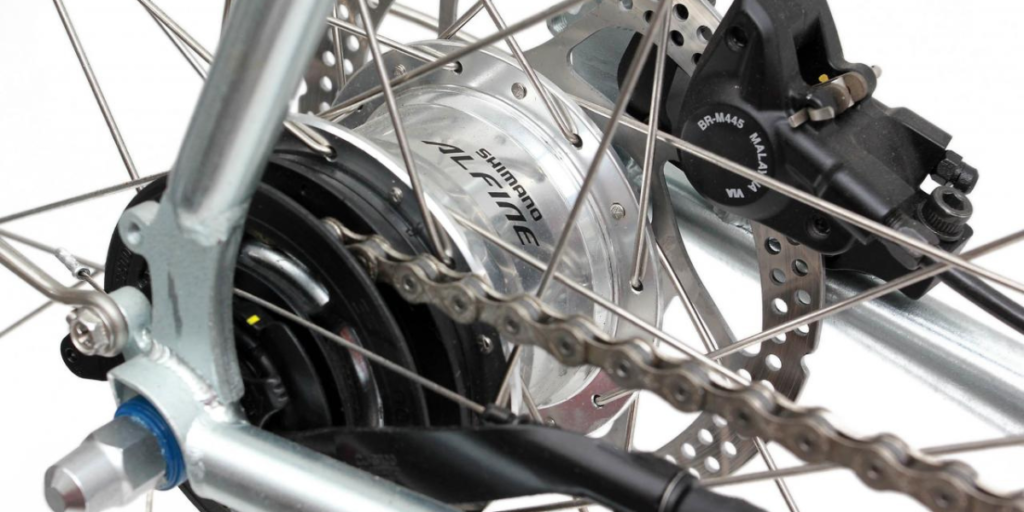
- Hub gears are a more enclosed gear arrangement frequently used on commuter and road bikes. These gears are incorporated into the rear wheel hub, making them less sensitive to dirt, debris, and weather conditions, which leads to cheaper maintenance. Brands like Shimano, SRAM, Sturmey Archer, and Rohloff provide some of the most popular hub gears on the market. While hub gears are famed for their durability and cheap maintenance, one negative is that they may add substantial weight to the bike, perhaps making it less nimble. Bicycle gears how to use
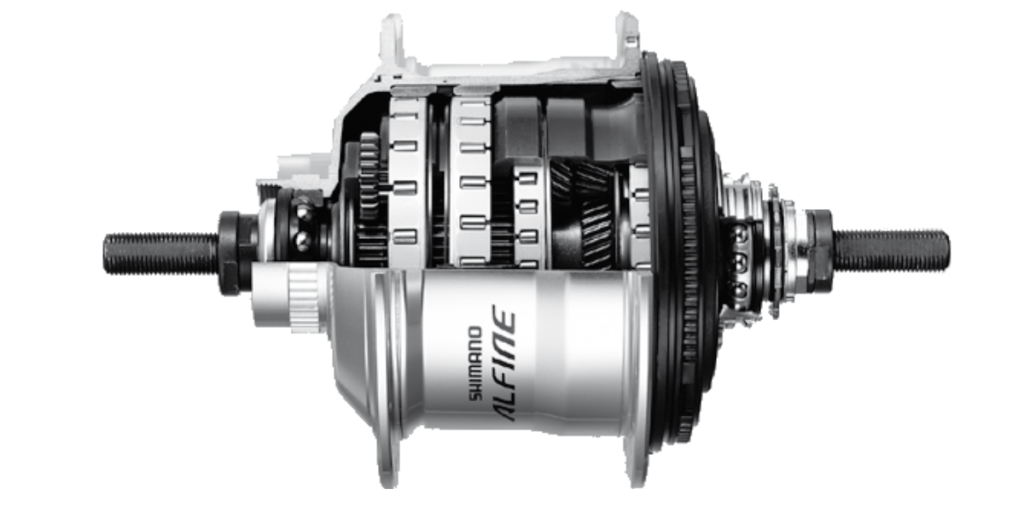
Single-Speed and Fixed-Gear Bikes
Before the development of contemporary multi-gear systems, motorcycles only had one speed. Single-speed motorcycles contain only one gear, enabling the back wheel to revolve freely without the need for constant pedaling.
set-gear motorbikes, on the other hand, have their back gear set, so the wheels are constantly in motion while the bike is going. Single-speed and fixed-gear bikes are famous for their ease, low upkeep, and cost-effectiveness, making them perfect for casual riders and urban workers.
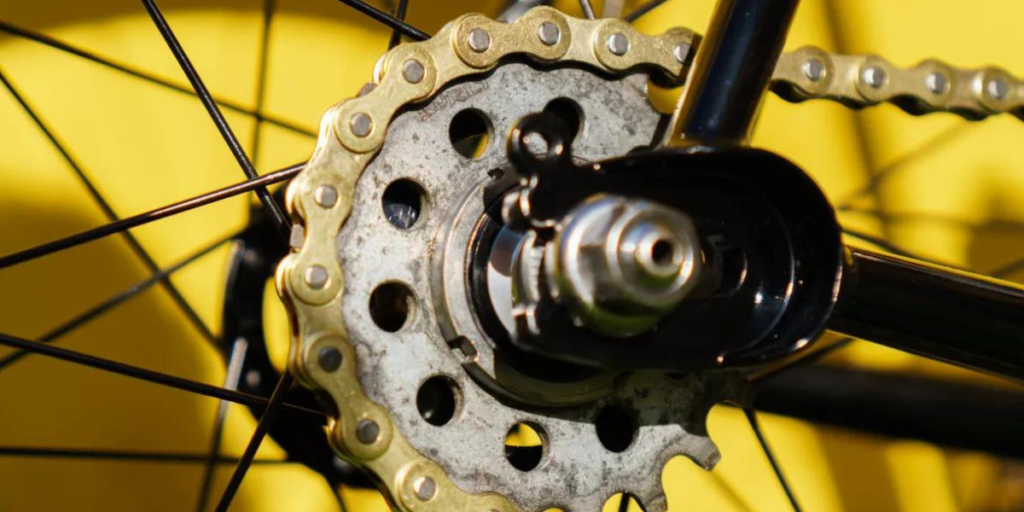
Key Concepts Related to Bicycle Gears
Understanding bicycle gears isn’t only about understanding the varieties; other key principles may help you make better judgments while riding.
Gear Inches Bicycle gears how to use
- The phrase “gear inches” is a measurement used to indicate the distance a bike goes with each pedal stroke or crank rotation. It provides you with an excellent notion of how “intense” a gear is. For instance, gear inches of roughly 20 represent a low-intensity gear appropriate for easy riding, 70 inches imply a moderate intensity, and 100 inches or more signal high-intensity gears that need more effort to pedal.
Choosing the Right Gear
- A popular question among novices is, “Which gear should I use?” The answer depends on the terrain and your physical condition. For example, if you’re riding uphill, choosing a higher gear would demand more power and strain your knees. Instead, a lower gear would be more beneficial, enabling you to keep a consistent rhythm without exerting yourself. The idea is to fit your gear with the terrain and your physical capacity, decreasing strain and boosting your riding experience.
Shifting Gears Effectively Bicycle gears how to use
- Shifting gears is all about expectation. When approaching a curve or a hill, it’s recommended to downshift to a lower gear before you start the climb or turn. This provides for smoother transitions and lowers the probability of chain slippage. For external drivetrains, it’s vital to shift while the bike is still in motion to avoid damage. Hub gears, however, may be swapped while the bike is still, allowing a little more flexibility.
Bicycle gears how to use Maintaining Your Gear System
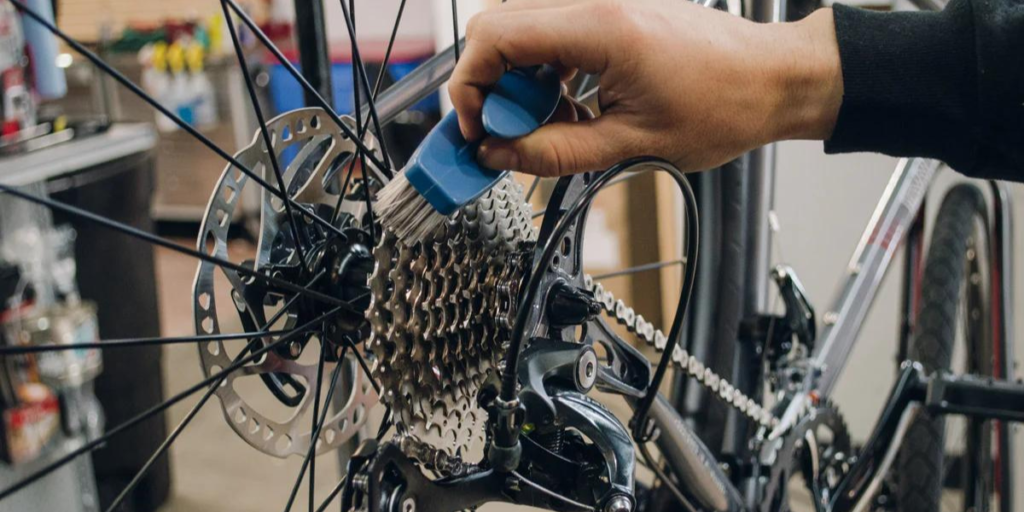
- Regular maintenance is crucial to ensure your gear system performs effectively. Keeping the chain lubricated and clear of dirt can assist prevent wear and strain on the gears. Similarly, checking for any mechanical concerns and having them rectified swiftly might avert more major difficulties down the road. A well-maintained bike gives a smoother ride and makes gear changing more effortless.
Final Thoughts: Mastering Your Bicycle’s Gear System
While bicycle gear systems might appear complicated at first, constant practice and comprehension of your riding style and terrain can make things clearer. Choosing the correct gear system and understanding how to maintain it is crucial for a pleasurable riding experience. Remember, a well-maintained bike with a properly working gear system may make all the difference in how you ride. Whether you are a novice or a seasoned biker, knowing these essential principles of bicycle gear can help you get the most out of your bicycling trips.
If you have any more questions or need additional explanation about bicycle gears, feel free to leave a comment below. Happy cycling!


